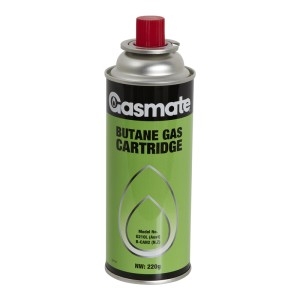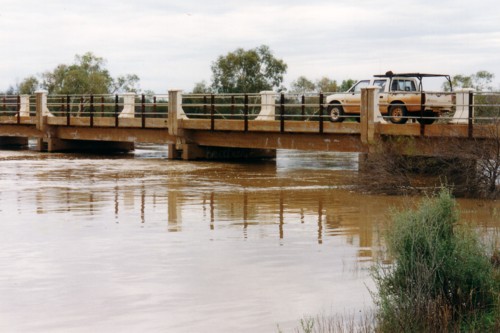Descriptions on a number of websites about sand dune systems in Australia often include various unreferenced qualifiers such as “largest landlocked dunes”, ‘largest mobile dunes” or even “largest moving coastal sand mass” often combined with “in the southern hemisphere”. It is difficult to determine the accuracy of these claims and equally difficult not to reject the thought that the claim is made to ‘hype’ the writer’s story.
Fraser Island is Australia’s largest dune system and, indeed, the largest sand island in the world.
- Fraser Island
The sand dunes at Eyre, historically referred to as Eyres Sand Patch/Sandpatch (1877) are Australia’s largest single sand dune system. The Eyre Bird Observatory (formerly the Eyre Telegraph Station) is located in this dune system.
These dunes stretch 105 kilometres in length and encompass an area of approximately 1000 km2. The average height of the dunes is 10 metres.
The oft mentioned Bilbunya Dunes are the largest mobile, coastal sand dunes in Australia. Note the qualifiers!!
- Bilbunya Dunes
They are also home to Australia’s largest star dune system. A star dune is one that is subject to wind from three or four directions forcing the sand upwards rather transversely.
- Star dunes at Bilbunya Dunes. Photo credit Andrew D. Short.
References
Queensland National Parks – Kgari
World Heritage Places – K’gari (Fraser Island)
Geonoma, Landgate.
Short, Andrew D., Beaches of the Western Australian Coast : Eucla to Roebuck Bay. A guide to their nature, characteristics, surf and safety, Sydney University Press, Sydney, 2006.
Australian Extremes – Sand Dunes
© Kim Epton 2024
282 words, three photographs.
Feel free to use any part of this document but please do the right thing and give attribution to adventures.net.au. It will enhance the SEO of your website/blog and Adventures.
See Terms of Use.







